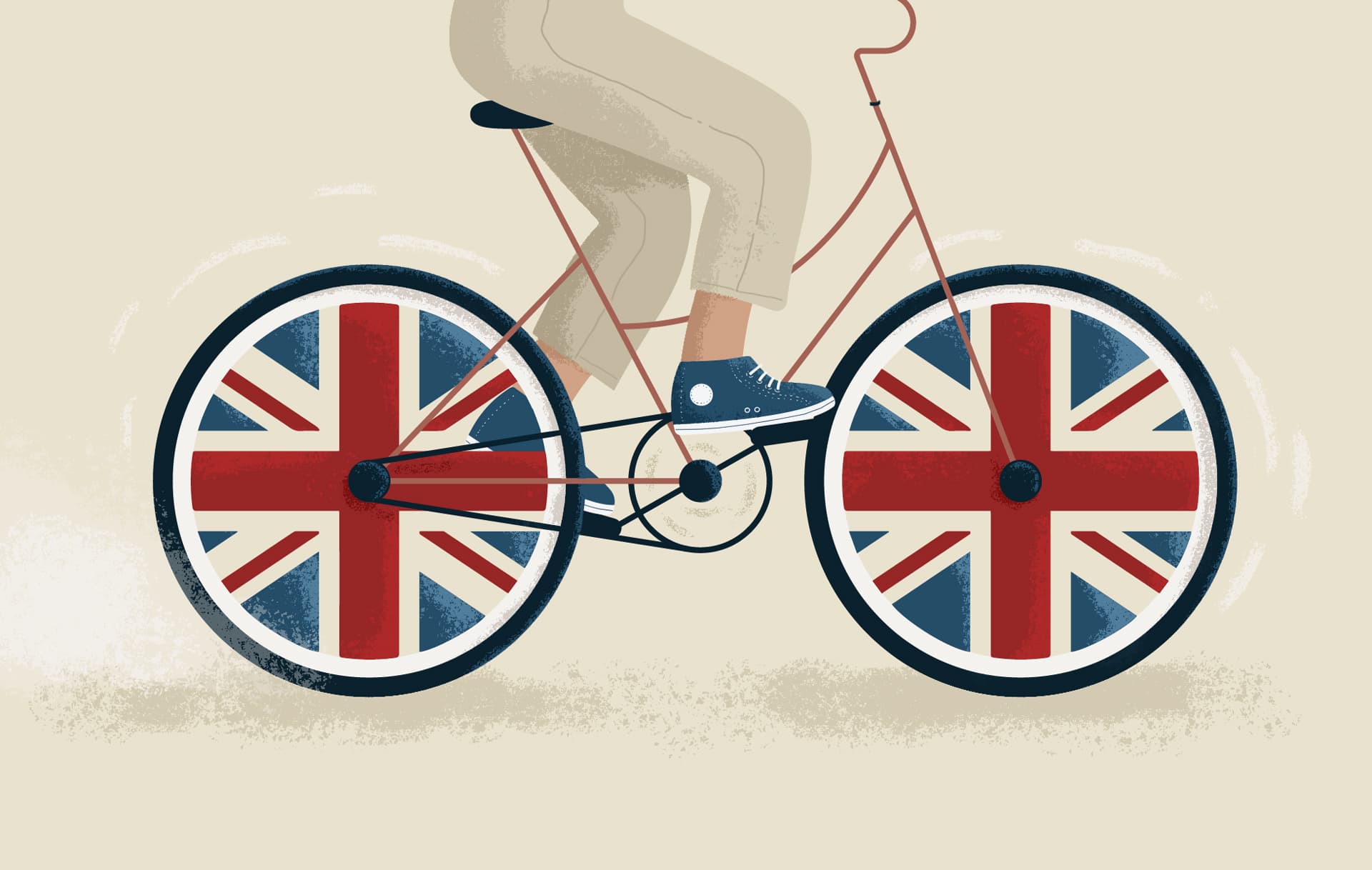Amsterdam wasn’t always a haven for cyclists and pedestrians.
In the 1950s and 60s, cars rose to prominence and muscled other forms of mobility out of the heart of the Dutch capital.
“I saw how parts of the city were torn down to make way for roads… The streets no longer belonged to the people who lived there, but to huge traffic flows,” politician Maartje van Putten told The Guardian.
But a surge in traffic accidents – many of which involved children – prompted widespread and persistent protests from the early 70s. In response, Dutch cities eventually began introducing networks of cycling paths to keep the mode of transport alive, and appointed officials whose sole job was to oversee the management of those routes.
This first arrested the decline of cycling, and then led to a full-on resurgence, with bikes once again firmly in pole position.
In recent years, Amsterdam has focused on providing safe spaces for commuters to store their bikes – including a new underwater garage at Centraal Station that can accommodate 11,000 of them.

Some cities, meanwhile, have gone a step further.
The Spanish city of Pontevedra banned cars from most of the city in 1999, and placed pedestrians at the top of the mobility hierarchy, followed by bicycles and then public transport.
There is, of course, some room for private vehicles, but only what’s absolutely necessary, the city says on its website. Emergency services vehicles, for instance, are allowed on the roads, as are vans that deliver supplies.
“Transport and courier services follow the designated morning and afternoon timetables to deliver goods to pedestrianised areas efficiently and effectively,” the city says.
Private vehicle owners who commute into Pontevedra leave their cars in underground parking lots on the outskirts of the city.
In addition to making the city more liveable and vibrant, it’s become a whole lot safer – the last traffic death was recorded in 2009, and air pollution levels have plummeted.
Elsewhere, Brussels, Belgium, is quickly shaking off its status as one of Europe’s most congested cities.
Like Amsterdam, Brussels once yielded to cars – bulldozing neighbourhoods to make way for highways, and replacing people-centric town squares with parking lots.
But the pendulum is swinging back in the other direction, with many parking lots and streets making way, once again, for people.
According to data from the Belgian Road Safety Institute, car drivers now account for just 30.4% of kilometres traveled in the city. That’s down from 49.3% as recently as 2017.
Over the same period, the share of pedestrians by mileage has gone up from 6.9% to 10.2%, while the combined share of bicycles, e-bikes, speed pedelecs, e-scooters, and powered two-wheelers has increased from 2.8% to 11.7%.
This was partly thanks to a recent strategy called ‘Good Move’, which sought to establish 50 low-traffic neighbourhoods across the city, with certain streets closed to cars, according to Bloomberg.
The city also reconfigured its streets – adding an extensive bicycle lane network – and adopted a general speed limit of just 30 kilometres an hour.
Further, it slashed through-traffic in the historic city centre by converting two-way streets to one-way, and by allowing only some cars to enter certain streets. Several roads were completely blocked off to traffic to create large pedestrian-only zones.
In addition to prioritising pedestrians and cyclists, public transport capacity was scaled up to maintain mobility.

Paris, France, has also invested heavily in cycling lanes and parking areas to make bike use more appealing. And the ‘city of love’ has been creating car-free zones – many of which are strategically located around schools to promote walking and improve safety and air quality.
Traffic volumes in the city have halved since 2002, according to official government data.
Paris also plans to impose higher parking fees on owners of large, heavy sports utility vehicles (SUVs), which have taken a substantial share of the vehicle market.

It’s not just European cities that are turning the tide on cars.
Seoul, South Korea, is home to one of the world’s most striking public-space reclamation projects.
In the 2000s, in an effort to revitalise downtown Seoul, the city demolished an 18-lane elevated highway that covered the Cheonggyecheon Stream. In its place now stands a pedestrianised, eco-friendly waterfront that has revived the inner city.

Crucially, citizens were heavily involved in decision-making and planning via an electoral process, according to this World Bank analysis.
To maintain mobility, the city introduced circular bus routes, hiked parking fees to discourage traffic, curbed illegal parking, and introduced one-way lanes.
“The direct impacts of the restored stream include the provision of public space and natural environment,” the World Bank notes. “The indirect results include the revitalisation of downtown Seoul, which now attracts people and business activity.”
The bottom line:
Policymakers often claim that European cities were built around cycling and pedestrians, so it’s not feasible for car-centric ones to copy them. It’s an excuse that doesn’t fly.
Some other notable transformations:
In Arizona, “the first car-free neighbourhood built from scratch in the US” is in the works.
In Germany, the introduction of an affordable ticket for unlimited public transport use has slashed the number of daily average car trips by 100,000, versus 2019 levels.
In Montreal, Canada, the retail vacancy rate on the famous Mont-Royal Avenue fell from 14.5% before pedestrianisation in 2018 to 5.6% in 2023, after cars were forced to make way for people, according to mayor Valérie Plante.
New York City is one of many metropolitans that’s ramping up efforts to reclaim public spaces from private vehicles.
Strøget in Copenhagen, Denmark, is “one of the most successful pedestrian streets in the world” thanks to a pilot project in the 60s.








